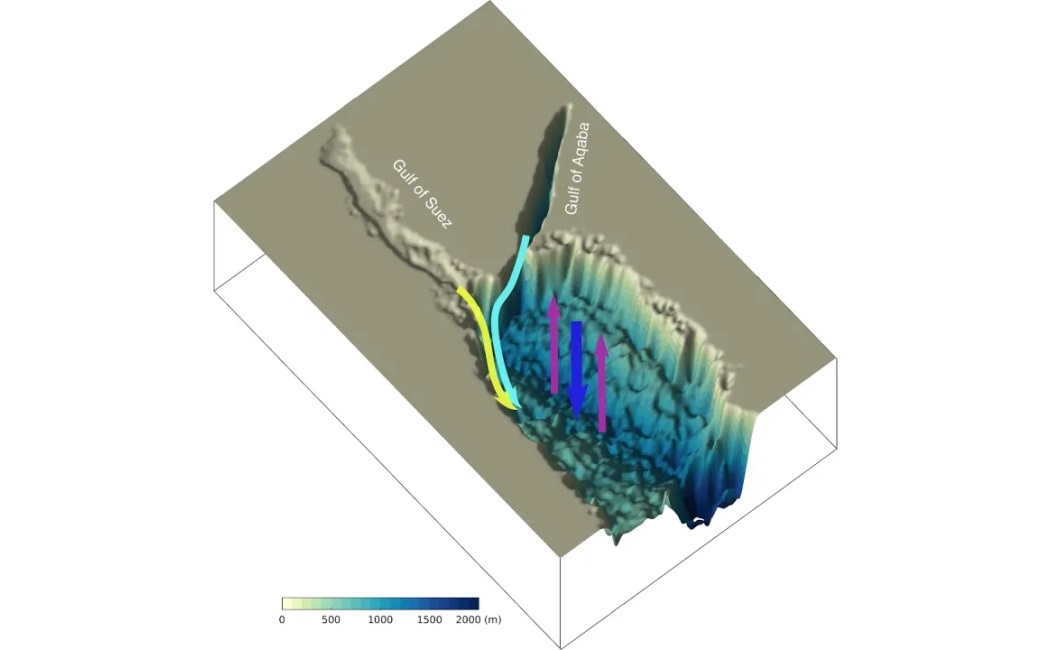


22 July, 2018
KAUST researchers have found that volcanic eruptions in Mexico and the Philippines can accelerate the ventilation of deep water in the Red Sea, challenging previous assumptions about the sea’s deep water renewal.
The Red Sea’s deep waters, which range from 300 to 2000 meters in depth, are among the warmest and saltiest in the world. Prior research suggested these waters took 36 to 90 years to renew, mainly replenished by flows from the northern Gulfs of Suez and Aqaba. However, KAUST's study reveals faster renewals, particularly between 1982 and 2001, linked to global climate events.
The 1982 El Chichón eruption and the 1991 Mount Pinatubo eruption were found to be significant contributors. These volcanic eruptions release sulfate aerosols into the atmosphere, causing cooling in the surface waters of the Red Sea. This cooling triggers deep convection, causing warmer waters to rise and cooler waters to sink, replenishing the deep waters much faster than previously thought.
The researchers used ocean circulation simulations to confirm that open-ocean deep convection, rather than local water flows, is the primary source of deep water replenishment in the Red Sea. Understanding this process is crucial for both the region's ecosystem health and sustainable deep-sea exploration.
🔗 Read more on KAUST Discovery